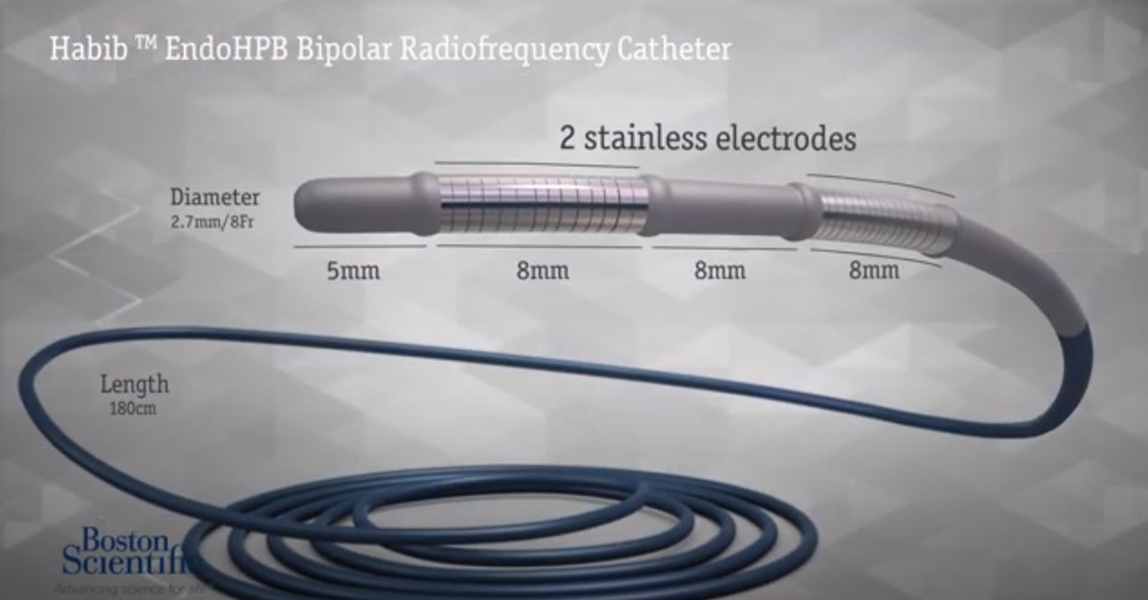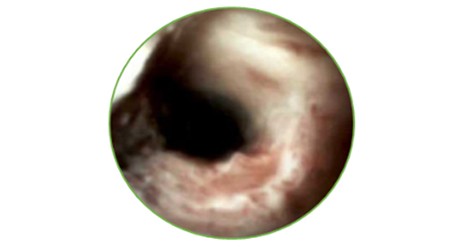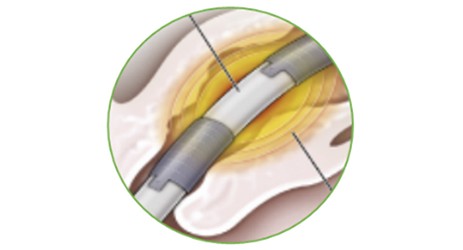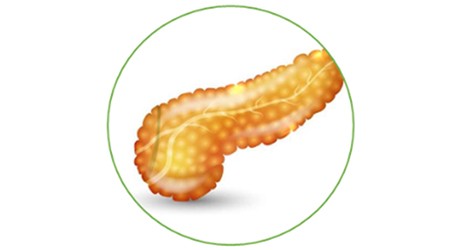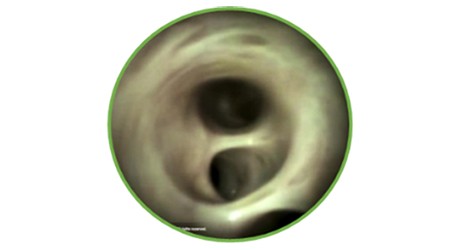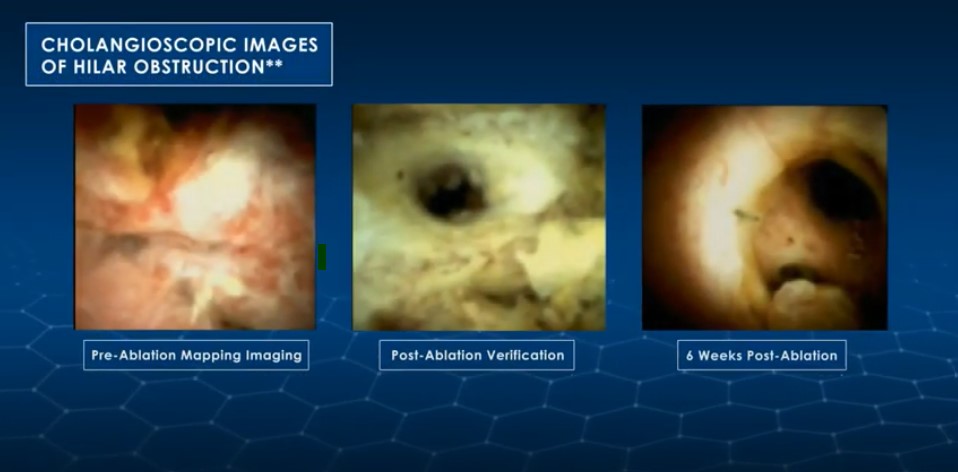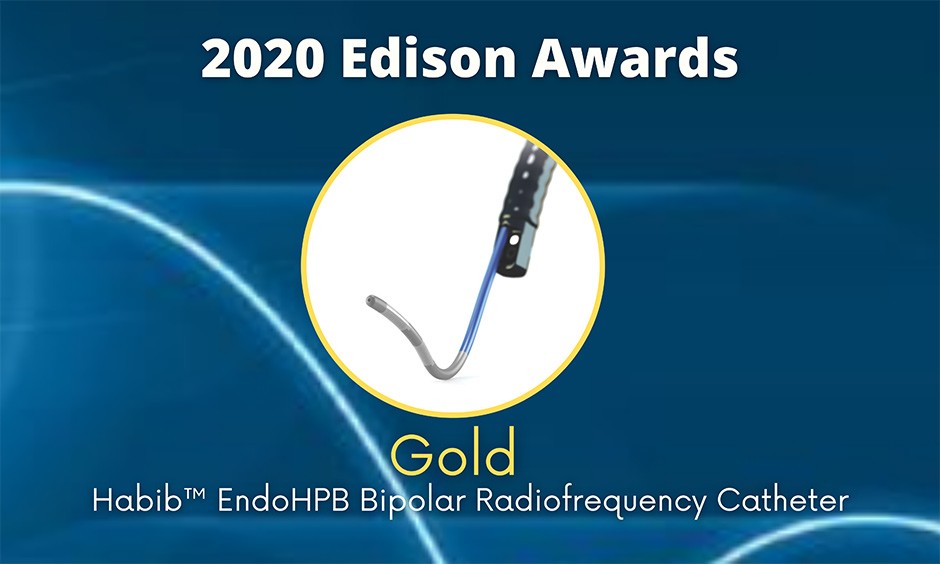Healthcare professionals / Gastroenterology / HabibTM EndoHPB Bipolar Radiofrequency Catheter
Habib™ EndoHBP Bipolar Radiofrequency Catheter
The management of strictures related to pancreaticobiliary disease continues to be an area of exploration and opportunity for treating both malignant and benign disease.
The Habib™ EndoHPB Bipolar Radiofrequency Catheter is the first Radio Frequency (RF) ablation catheter indicated in Europe for malignant or benign tissue ablation in the pancreatic and biliary tract.
The Habib™ EndoHPB RF Catheter enables to perform:
- Partial or complete ablation of malignant or benign tissue
- Ablation in the pancreatic and biliary tracts
- Endoscopic biliary drainage or decompression prior to stent placement or afterwards to clear an occluded stent.
The Habib™ Endo HPB Device is a widely used and published device for biliary ductal ablation with consistent results:
- > 13.500 procedures
- > 30 peer-reviewed published papers
About the Radiofrequency Ablation procedure with Habib™ EndoHBP Bipolar RF Catheter
HabibTM EndoHBP Bipolar RF Catheter has 8Fr (2.7mm) diameter, 180cm useable length and two stainless steel electrodes at the distal tip. The radio frequency is applied to both electrodes to heat the tissue surrounding the catheter.

HabibTM EndoHPB Catheter and Bipolar Adaptor Cables are compatible with most electrosurgical generators and potentially eliminates additional capital investment.

















